Rivers are natural waterways born from lakes, underground reservoirs and glaciers. To form a river, water flows downhill from its source in a channel, the bottom of which is called streambed. Every river behaves like an actual living organism, not only for the quantity of flora and fauna it contains, but also because it changes all the time, modifying the landscape. This is because the flow of water erodes the banks and sediment accumulates in the river’s bends and in stretches where its flow slows down. Each waterway may flow into others or be joined by tributaries, increasing its rate of flow. When they are not tributaries, rivers eventually run into the sea or a lake, ending in what is called a mouth. The mouth is called a delta if it forms various branches, or an estuary if the riverbanks widen into a funnel shape.
Stretching 6,695 kilometers, [6,695 Km] the Nile is considered the longest river in the world, flowing from southern Rwanda to the Mediterranean coasts of Egypt. However, some Brazilian researchers claim that the Amazon river is longer [around 6,800 Km], following their discovery of new original sources in Peru. The South American river already holds the record as the world’s widest river, stretching as far as 45 km across during the rainy season. Next come the Mississippi [6,270 km] and the Yangtze [6,245 km].
Rivers are a crucial part of the water cycle, which also includes rain and the evaporation of seas and oceans. Rivers also play a fundamental role for the world economy. Most major civilizations have flourished on the banks of a river, and the Eastern border of the Roman Empire was long marked by the Danube. Together with the Rhine, the Danube is still one of Europe’s most important transportation arteries.
The amount of a river’s water that can be used by man in the course of a year always depends on its rate of water flow, called its “regime.” To a certain extent, a river’s regime can be adjusted through the construction of canals, creating new river transport networks. Man has also altered natural waterways by erecting dams. The first were built 6,000 years ago, in Egypt. Dams were originally built to create irrigation basins. Today, they are also used for industrial purposes. Over the past two centuries, dams have turned rivers into effective instruments for generating electricity. 1.4 billion km3 of the earth’s surface is covered with water.
Almost all of it is saltwater. Freshwater rivers account for less than 1% of the world’s water.
Stretching 6,695 kilometers, [6,695 Km] the Nile is considered the longest river in the world, flowing from southern Rwanda to the Mediterranean coasts of Egypt. However, some Brazilian researchers claim that the Amazon river is longer [around 6,800 Km], following their discovery of new original sources in Peru. The South American river already holds the record as the world’s widest river, stretching as far as 45 km across during the rainy season. Next come the Mississippi [6,270 km] and the Yangtze [6,245 km].
Rivers are a crucial part of the water cycle, which also includes rain and the evaporation of seas and oceans. Rivers also play a fundamental role for the world economy. Most major civilizations have flourished on the banks of a river, and the Eastern border of the Roman Empire was long marked by the Danube. Together with the Rhine, the Danube is still one of Europe’s most important transportation arteries.
The amount of a river’s water that can be used by man in the course of a year always depends on its rate of water flow, called its “regime.” To a certain extent, a river’s regime can be adjusted through the construction of canals, creating new river transport networks. Man has also altered natural waterways by erecting dams. The first were built 6,000 years ago, in Egypt. Dams were originally built to create irrigation basins. Today, they are also used for industrial purposes. Over the past two centuries, dams have turned rivers into effective instruments for generating electricity. 1.4 billion km3 of the earth’s surface is covered with water.
Almost all of it is saltwater. Freshwater rivers account for less than 1% of the world’s water.
RELATED


LOTUS PLANT


ELECTRIC CAR


PARROTT


MATTHEW C. PERRY


COMETS


CARS


THE HEISENBERG PRINCIPLE
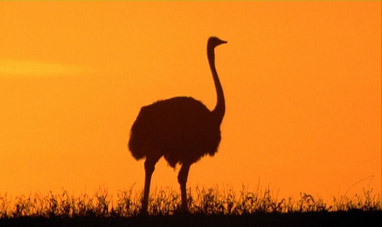

OSTRICH


GECKO
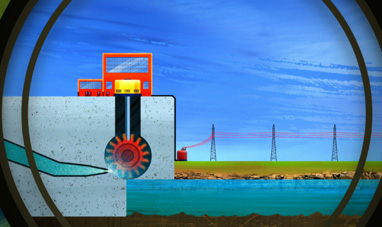

HYDROPOWER


THE HEART


NOVAE
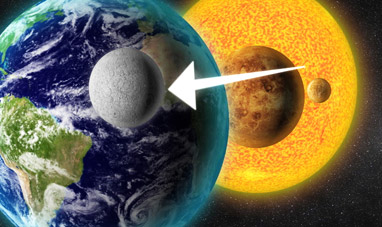

THE MOON
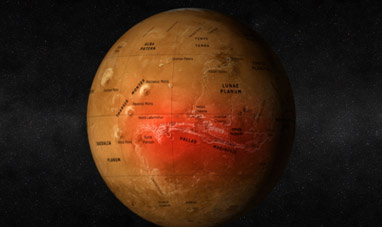

MARS


CROCODILE


HAIR


TWITTER


DOLPHIN


BAT


THE DIGESTIVE SYSTEM


HORSE


CHEMICAL BONDS


STORK


THE FEMALE REPRODUCTIVE SYSTEM


MANTA RAY
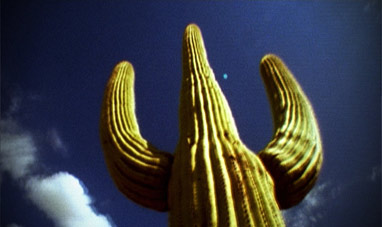

CACTUS


BLACK WIDOW SPIDER


KINETIC, POTENTIAL AND MECHANIC ENERGIES


CHILDBIRTH


HYBRID VEHICLE


OIL


ANACONDA


GOOGLE


GARLIC


LADYBUG


NATURAL GAS (METHANE)
